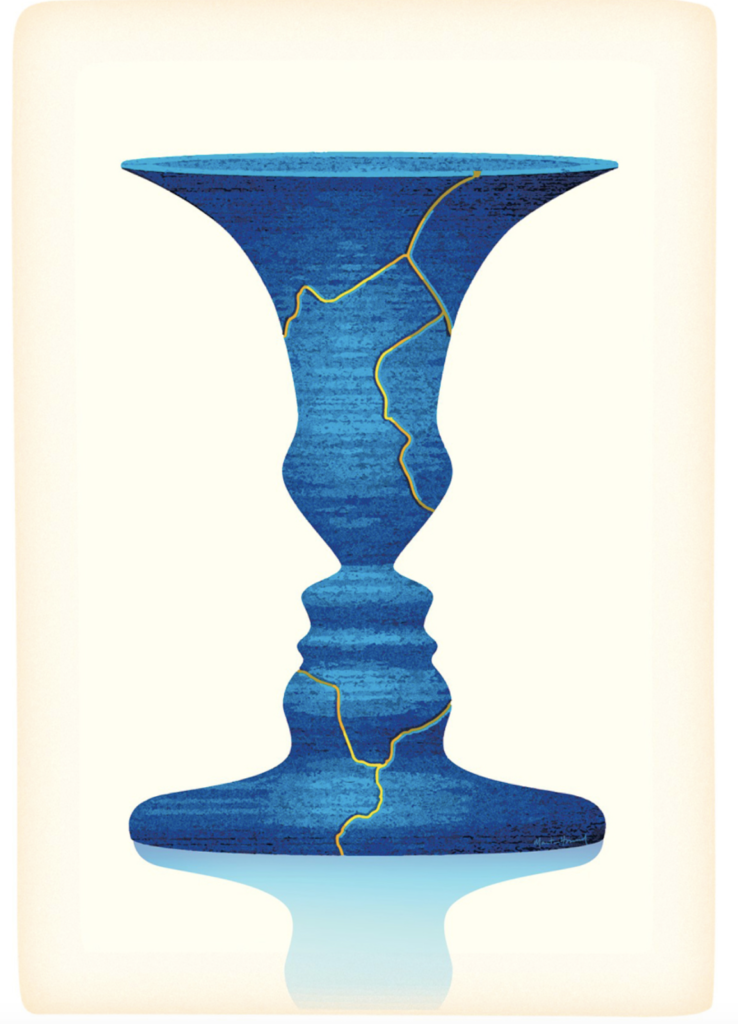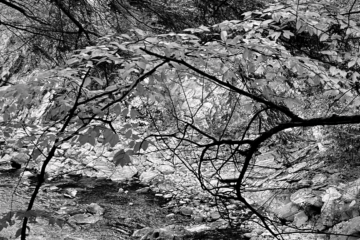
One of the things I love most about restorative justice is its call for radical creativity.
When restorative justice is applied in the criminal justice system, process participants are asked to think outside the box of defined crimes and prescribed penalties to instead consider the harms experienced by individuals, the specific needs generated, and what would repair the harm for the people involved. The best restorative justice agreements are completely unique to the situation and feature repairs that could only arise through the process of deep listening and creative collaboration.
On a broader scale, as the restorative justice movement grows, we see an even larger call for radical creativity. How can restorative approaches be applied to community needs across contexts? How can we respond restoratively to our current political divide? To our deep history of racism? To economic inequities? To environmental harm? These community needs call for a bold and creative application of restorative values and processes, and the restorative justice community is answering that call.
It is this alignment with the value of creativity that draws so many incredible out-of-the-box thinkers to restorative justice work; people with the capacity to reimagine the status quo and forge a new way forward. Since joining VLS in August, I’ve been inspired and invigorated by meeting so many of these creative thinkers in our restorative justice community.
With gratitude,
Lindsey Pointer, Ph.D.
Assistant Director of the National Center on Restorative Justice and the Center for Justice Reform

